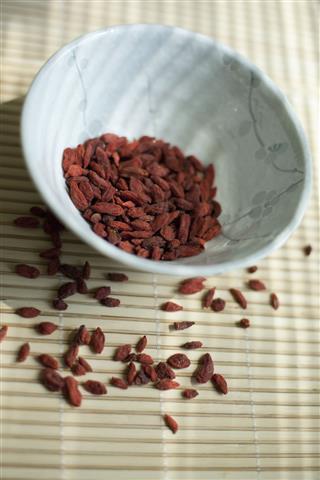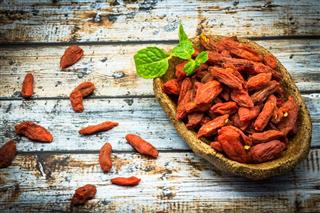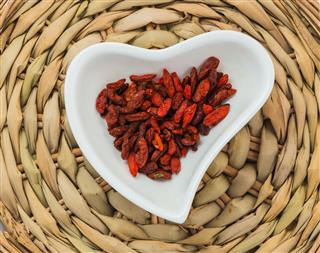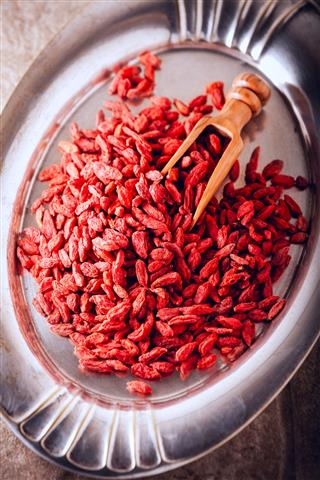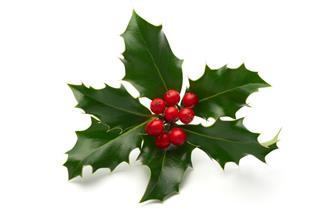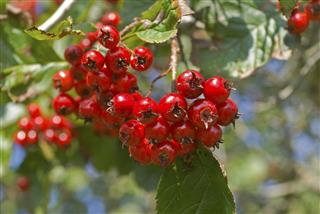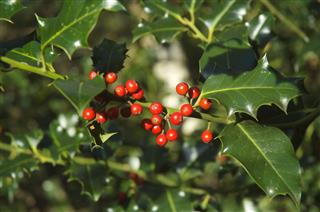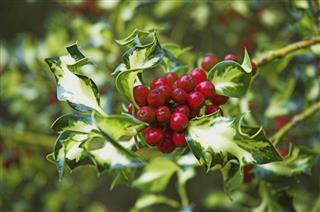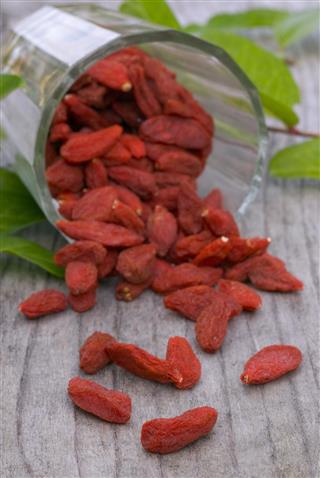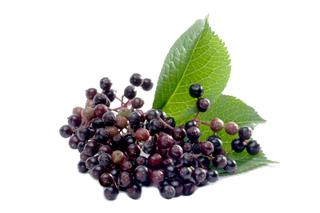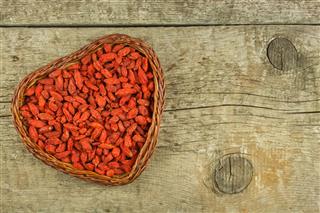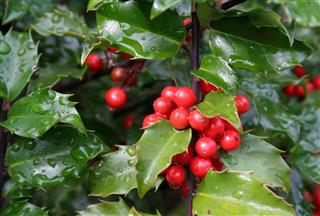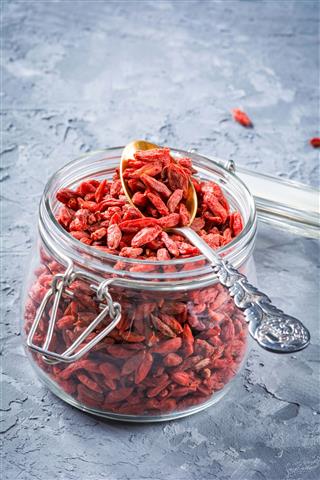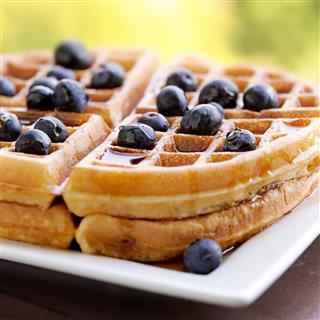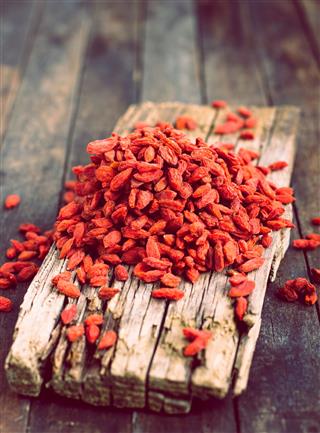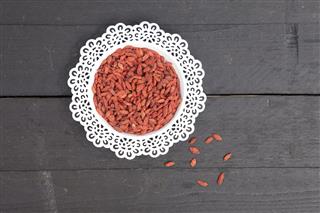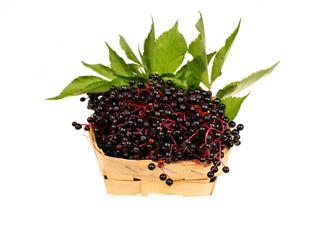
Berries are an anytime-favorite-snack that we can go on and on and on with. The sweet-tart flavor that this juicy fruit renders, attracts everyone. There are number of berries that are enlisted here, some of which will leave a mouth-watering effect, while most of whose names will be known for the first time perhaps!
DID YOU KNOW?
- Strawberry is actually not a berry! It is a fruit that bears about 200 seeds on the outside.
- Bilberries are believed to improve night vision.
- Pineapple is a berry and can be ripened faster by placing it upside down.
- Fresh or dried raspberry leaves are used as herbal tea to regulate menstrual cycle.
- Eating grapes in the morning helps losing about 3.6 pounds of weight on an average.
- Tomatoes are not vegetables but fruits. Moreover, they are berries!
You will come across surprising names in the list of berries that actually are the true berries! While you could be taken aback by some of the names as you discover they are not berries at all! The thin line that divides these fruits as such is the botanical definition that categorizes them as berries and the other simply being a common perception or understanding that underline some fruits as berries even if they are far from the botanical definition to be categorized as such.
Botanical understanding of a berry: A berry is a fruit that has a fleshy, edible pericarp (fruit wall) produced from a single ovary that covers one or many seeds. In other words, it is a single fleshy ovary that grows into a juicy fruit and has no barrier in between the seed and the juicy part that is eaten.
Layman’s understanding of a berry: Any small, juicy, colorful, and fleshy fruit is a berry.
True Berries
These conform with the botanical definition of berries. Hence, true berries.
Tomato
It is a common kitchen ingredient and is botanically classified as a berry. Tomatoes are the most common garden fruits that are used in number of culinary delights.
Grapes
Grapes are loaded with vitamin A, C, and B6. They also contain potassium, calcium, magnesium, and folic acid.
Elderberries
They have antioxidant properties that reduce cholesterol, boost vision, enhance the immune system, and also heart problems, coughs, common colds, influenza, bacterial and viral infections, tonsillitis, besides also being used as ice cream toppings and many other uses in milkshakes, jams, cake mix, muffins, and syrups. Also called Sambucus, these small, dark black-blue berries grow in clusters.
Currant
These are red, green, yellow, or black in color. They are dried and used as raisins.
Barberries
The barberry fruit is a small berry that is red or dark blue in color. Barberries are long and narrow fruits like a bar, hence the name barberry. They are used to make jams and infusions. They are rich in vitamin C.
Honeysuckle
It is rich in calcium, magnesium, potassium, vitamin C, and quercetin that is an acid that fights free radicals. It is used as a traditional Chinese medicine for ages. There are some poisonous honeysuckle varieties as well. Hence it is a safer bet to buy from stores than plucking from the plant directly.
Oregon Grape
They have a grape-like appearance and are purple or blue in color. They look as if they are covered in powder. They are known to be anti-inflammatory and anti-bacterial in nature.
Nanny-berries
These berries can be eaten raw or processed by stewing or baking. Once these are plucked from the plant, they have a short life that can be retained and stored for up to 3 days in a refrigerator by either freezing, canning, or drying. Every part of the plant can be put to some medicinal use.
Gooseberries
These are small round berries whose skin appears striped. These are green in color during the growing stage and ripe to become deep purple or yellow in color.
Mayapple
The Mayapple plant grows in the wild, mostly covering the forest floor. Most of the Mayapple plants do not bare fruit and have only one leaf. Those that develop a fruit have 2 leaves and only one flower that turns into one fruit. In the budding stage, the fruit is green, hard, and poisonous. However, it turns yellow and soft when ripe, and tastes good.
Sea-buckthorn Berries
These are grape-sized orange berries that are found in the Himalayas. These are rich in antioxidants and vitamins that help in weight loss and to keep away from dementia.
Red Currants
These are small round red or white berries that are used in making jams, tarts, and salads. They have high vitamin C, iron, potassium, and fiber.
Black Currant
This popular flavored berry is like the red currant in appearance. It is used in jams, pies, ice creams, tarts, etc. Black Currant is packed with vitamin C. It also has high levels of potassium, phosphorous, iron, and vitamin B5.
Wild Rose
These are red and oval berries, also known as rose-hips. They are the pomaceous fruits of rose plants. They are rich in vitamin C content.
Drupes
These are technically not berries but confused to be. Difference being, these have a hard fruit wall and only one seed within. They are also called stone fruits.
Acai Berries
These small, round black berries are the biggest cash crops of Brazil. They are used in juices, smoothies, and other beverages. These berries are known for their antioxidant properties.
Hackberries
This is a winter fruit that turns red or orange when ripe. Though it is edible, it is rarely used as food. However, it is quite a hit among wildlife and birds who love to munch on hackberries all through winters.
Sugarberries
These have a large seed covered by a hardened fruit wall. They turn reddish or purplish when they become ripe. These are as sweet as dates but have a very thin fleshy layer. These are mostly enjoyed by birds.
Persimmon
These are not considered berries but actually are, according to botanical classification. These are red or orange when ripe, have a high glucose content, and a balanced protein content. These are used for various medicinal uses.
Nannyberries
These are seasonal drupes that are blue-black in color. They are eaten by many birds and animals.
Barbados Cherries
This berry is a native to West Indies and Central America. Its juice is as popular in West Indies as orange juice is in America. The vitamin C content in this fruit is almost 65 times more than that in an orange! It is also known as Acerola.
Goji Berries
They are usually found dried and shriveled and are similar to red resins in appearance. They are also known as wolf berries. They are usually cooked before consumption. They are used to prepare herbal tea, wines, rice congee, goji juice, etc. They contain 11 essential and 22 trace dietary minerals, 18 amino acids, 6 essential vitamins, carbohydrates, proteins, fats, dietary fiber, etc.
Indian Plum
This is an oval-shaped fruit that is green and hard at its inception and turns reddish to black-purple when ripe. It turns the tongue purple after eating and has a mixed taste of sweet-sour-astringent. It is mostly advised for diabetics to eat.
Chokecherries
Also called bitter-berry or Virginia bird cherry, they are closely related to black cherry. The unripe red berries have a sour, astringent taste. The ripe berries have a dark color and are not very astringent in taste. They are used to make jelly, jam, and syrup. They require a lot of sugar or sweeteners for preservation.
Chokeberries
The fruit is a small pome and has a very bitter flavor. There are two species of chokeberries, red chokeberry, and black chokeberry. The purple chokeberry is a hybrid of the two berries listed above. It is used to make juices, jam, wine, etc. It is also used as a flavoring and coloring agent. It is high in vitamin C and antioxidants.
Epigynous Fruits
These are developed from an inferior ovary as opposed to true berries that develop from a superior ovary. These are also called false berries.
Ligonberries
They are also called cowberries, foxberries, and mountain cranberries that are red in color. It is used to make ligonberry jam, juice, syrup, compote, sauce, etc. It is rich in vitamin C, provitamin A, vitamin B (B1, B2, B3), potassium, calcium, magnesium, and phosphorous.
Cranberries
These are white when unripe and turn red on ripening. They are used to make juices, sauces, wines, etc. There are many cranberry health benefits that have been recently discovered. They contain moderate levels of vitamin C, dietary fiber, minerals, and manganese.
Bearberries
These are reddish or brown in color. They have many medicinal uses, like its consumption lowers the uric acid content in the body. It also helps bring relief from pain due to kidney stones. Herbal tea made from bearberries are used to cure nephritis.
Crowberries
These are dry black berries very similar to blueberry in taste and appearance. They are used as natural food dye, in making pie and jelly. The Native Americans use them to heal sore eyes. They have a low vitamin content and high water content.
Blueberries
They are dark-blue or purple in color. They are used in jams, purée, juice, pies, and muffins. They contain high levels of antioxidants and can help prevent many diseases, like stomach ailments, heart degeneration, and heart diseases.
Huckleberries
These are small round berries that look and taste similar to blueberries. They come in colors ranging from deep crimson to eggplant purple. They are used to make excellent jams, pies, syrups, and preservatives.
Bilberries
Bilberries are edible berries that are closely related to blueberries and huckleberries. They are nearly black in color with a slight hue of purple. The pulp is red or purple in color and can stain your fingers while eating the raw fruit. They are very difficult to cultivate and fruits are generally collected from the wild. They are used in different jams and dishes or eaten raw.
Juniper Berries
These berries are false berries that are actually modified cones. They are green when unripe and on ripening turn to purple-black. They are used to season pork, cabbage, and sauerkraut. They are also used to prepare gin.
Compound Fruits
These are berry-like fleshy fruits. However, these do not develop from a single ovary like true berries. Many ovaries from a single or multiple flowers combine to form one compound berry-like fruit.
Raspberries
These are small, tightly-packed red berries found during summer or autumn. They are used to make jams, jellies, pies, and ice creams. They have a high vitamin C and manganese content. They also contain vitamin K and magnesium.
Strawberries
This is the most popular fruit eaten all over the world. They are made to prepare a number of culinary dishes like jams, ice creams, coulis, tarts, pies, milk shakes, etc. Strawberries contain high vitamin C, manganese, and folic acid levels.
Blackberries
These are the most common types of berries found in UK. These are small dark, purple berries that are found as a major ingredient in jams and pies. They have a high vitamin C level.
Dewberries
These belong to the blackberry family and are sweeter than blackberries. They are deep red in color when unripe, and dark purple when ripe. One striking feature is that the male and female plants grow separately.
Salmonberries
The ripe fruit has a sweet taste and is yellow to orange-red in color. They are made into jams, candies, jellies, and wines. The Native Americans eat these along with half-dried salmon roe, hence the name. Salmonberries are also called thimbleberries.
Boysenberries
These are deep maroon-colored, glossy, large, juicy berries that are a cross between raspberries, blackberries, and loganberries. They are used as pie fillings and to decorate cheesecakes and tarts.
Bayberries
These are native to China and are deep red in color, or in the range from white to purple. These can be eaten as is or used for different purposes like jams, pickles, wine, and juice.
Mulberries
Most of us will be reminded of the popular nursery rhyme, ‘Here we go round the Mulberry bush’. This is a multiple fruit which has red, purple, or black fruits. It is used to prepare pies, tarts, cordials, jams, and ‘sherbats’.
Cloudberries
These are small brown-colored berries that ripen in autumn. They are used to make jams, juices, tarts, and liqueurs. They are high in vitamin C content and contain benzoic acids that act as natural preservatives.
Chehalem Berries
Chehalem berries – Himalayan blackberry and Santiam berry hybrids – have a shiny black outer surface. These are well-adapted to the Pacific coast conditions and are commercially grown in Oregon to some extent.
Loganberries
These are ruby-red, sweet, juicy berries that turn purple-red when ripe. They are used to prepare juices. Loganberries contain vitamin C, calcium, iron, potassium, fiber, and carbohydrates.
Thimbleberries
The thimble-like shape of these fruits give them their name. These have a beautiful red color when they become ripe. These are fleshy fruits that are so delicate that they may break in your hand when picked from the plant.
Wineberries
These are red or orange in color and become ripe around summer or early autumn. Contrary to the name, these are not as fit to make wines due to their tartness.
Juneberry
These red berries turn blue-black on ripening. They are similar to the size of blueberries. They are easily distinguished by the crown on the end, away from the stock. They are great to make jams, muffins, cobblers,etc.
Serviceberries
This berry-like pome is red to purple in color. It is a sweet berry that is used to make pies and jams.
Marionberries
These are a cross between Chehalem and Ollallieberry. They are glossy and darker than blackberries and are used to prepare pies, ice creams, jellies, etc.
Tayberries
These are a cross between a blackberry and raspberry. These are very fragrant and soft berries. They are used to prepare jams.
Youngberries
These belong to the blackberry family. They ripen 2 weeks earlier than blackberries and are purple-black in color. These are rich in vitamin A, C, and B1, calcium, and cellulose.
Olallieberries
Loganberry and youngberry hybrids are called olallieberries, which are found mostly in California. It is rich in vitamin C and fiber that are helpful in reducing cancer risks.
Saskatoon Berries
These are native to Canada and are quite similar to blueberries on the appearance. These are rich in vitamin C, manganese, magnesium, iron, calcium, potassium, copper, and carotene.
Poisonous Berries
Some of these conform with the botanical definition and some are just thought to be berries. Definition apart, these are poisonous berries that should not be consumed.
Baneberries
Baneberries or bugbane are produced on a flowering plant that belongs to the family Ranunculaceae, called Actaea. The berries are the most poisonous part of the plant as they contain cardiogenic toxins. These toxins affect the cardiac muscle tissues that leads to cardiac arrest and death. Baneberries have a waxy, shiny appearance and are either red or white in color.
Holly Berries
These beautiful berries that are used to decorate our homes on Christmas are actually mildly toxic. When ingested, they may cause vomiting and diarrhea. Holly berries are red in color.
Privet Berries
These mildly poisonous berries are black in color. The plants have purple colored flowers.
Yew Berries
These red or blue berries have poisonous seeds. In case it is necessary to consume these berries for survival, make sure you do not ingest the poisonous seeds.
Daphne Berries
The berries of this plant having sweet-smelling green or pink flowers are poisonous.
Pokeberries
These dark purple berries are poisonous to humans, whereas birds are able to ingest them. They are also called pokeweed, pokebush.
Doll’s Eyes Berries
This berry is large and white and has a black mark that gives it the appearance of an eye. Doll’s eyes are highly poisonous.
Jerusalem Cherries
These poisonous berries are often confused for cherry tomatoes.
Such grand variety in berries gives us reason enough to enjoy them all the more. However, be careful when you are on an outing and are tempted to pluck some berries dangling on the bushes and plants for some may be harmful.

